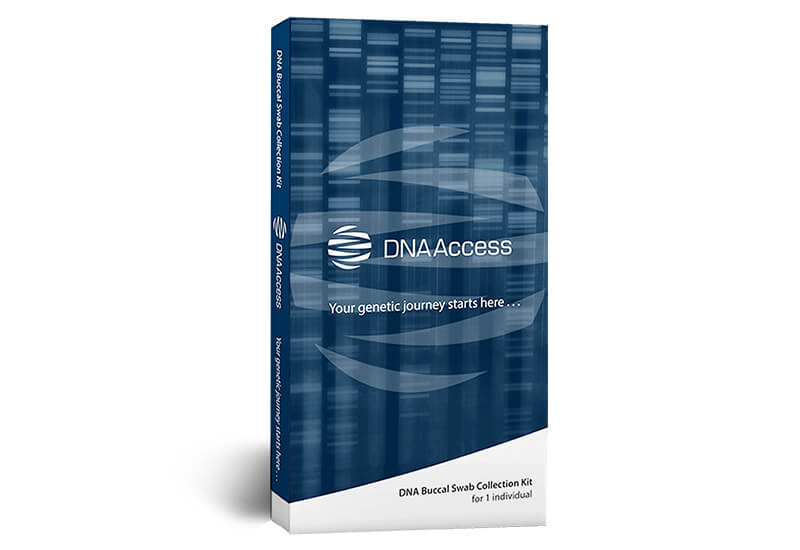Wanderlust Gene Test
$149.00
The “wanderlust gene” is a genetic variant of the DRD4 gene which encodes the dopamine receptor D4. DRD4 variation can occur in a repeat region that controls the structure of the dopamine receptor. The number of repeats of a 48-bp segment varies between individuals, ranging from 2 to 11 repeats. Individuals with at least one allele of 7 or more repeats (7R+) are more likely to seek out new experiences, hence the 7R+ allele is known as the “wanderlust gene.”
Description
What is the “Wanderlust Gene”?
The “wanderlust gene” is a genetic variant of the DRD4 gene which encodes the dopamine receptor D4. DRD4 variation can occur in a repeat region that controls the structure of the dopamine receptor. The number of repeats of a 48-bp segment varies between individuals, ranging from 2 to 11 repeats. Individuals with at least one allele of 7 or more repeats (7R+) are more likely to seek out new experiences, hence the 7R+ allele is known as the “wanderlust gene.”
TURNAROUND TIME
SAMPLE TYPE
AGE REQUIREMENT
GENDER
Test Details
What is the Function of the Dopamine Receptor D4?
Dopamine is a neurotransmitter in the brain that gives us feelings of reward and pleasure. The dopamine receptor D4 (encoded by the DRD4 gene) binds dopamine and transmits the signal into the cells.
The 7R+ version of the DRD4 gene results in a receptor that binds dopamine less efficiently, compared to the common 4-repeat (4R) version, therefore transmitting reduced levels of signals in the brain. Individuals with the longer versions of DRD4 (7R+), therefore require higher levels of dopamine to achieve the same “good feeling” affects of dopamine.
How is the "Wanderlust Gene" Inherited?
The DRD4 gene is located on chromosome 11. Variation in the DRD4 gene often occurs in a repeat region, where the number of repeats of a 48-bp segment ranges from 2 – 11. We inherit two copies of the DRD4 gene – one from each parent. We can inherit two identical copies (e.g. both 4R) or two different copies (e.g. 4R and 7R). Inheriting a “promiscuity gene” variant (7R+), is associated with an increased likelihood of seeking out new experiences, such as through travelling and exploring.
How Common are the DRD4 Alleles?
The most common DRD4 variant worldwide is the 4R version and approximately 65% of the population carry this version. The 7R form is the next most common (20%), followed by the 2R allele (9%). The other alleles are less common, especially the very rare alleles that have eight or more repeats (less than 1%). The allele frequency also varies significantly between populations. For example, the “wanderlust” 7R allele is rare in East and South Asia populations (only 1.9%) but common in the Americas (48.3%).
DNA Testing for the "Wanderlust Gene"
A simple DNA test can be completed to find out which alleles of DRD4 have been inherited. The different alleles of DRD4 are due to variation in the number of repeats of a 48-bp segment. The test determines the length of the repeat region within the DRD4 gene and specifies the number of repeats that an individual has in each of their DRD4 alleles. This test determines whether or not an individual has a “wanderlust gene” variant (7R+) and an increased likelihood of seeking out new experiences.
Recommended Links:
-
Matthews LJ, Butler PM (2011) Novelty‐seeking DRD4 polymorphisms are associated with human migration distance out‐of‐Africa after controlling for neutral population gene structure. Am J Phys Anthropol. 145(3): 382-389.
-
Chen C, Burton M, Greenberger E, Dmitrieva J (1999). Population Migration and the Variation of Dopamine D4 Receptor (DRD4) Allele Frequencies Around the Globe. Evol Hum Behav. 20(5): 309-324.





